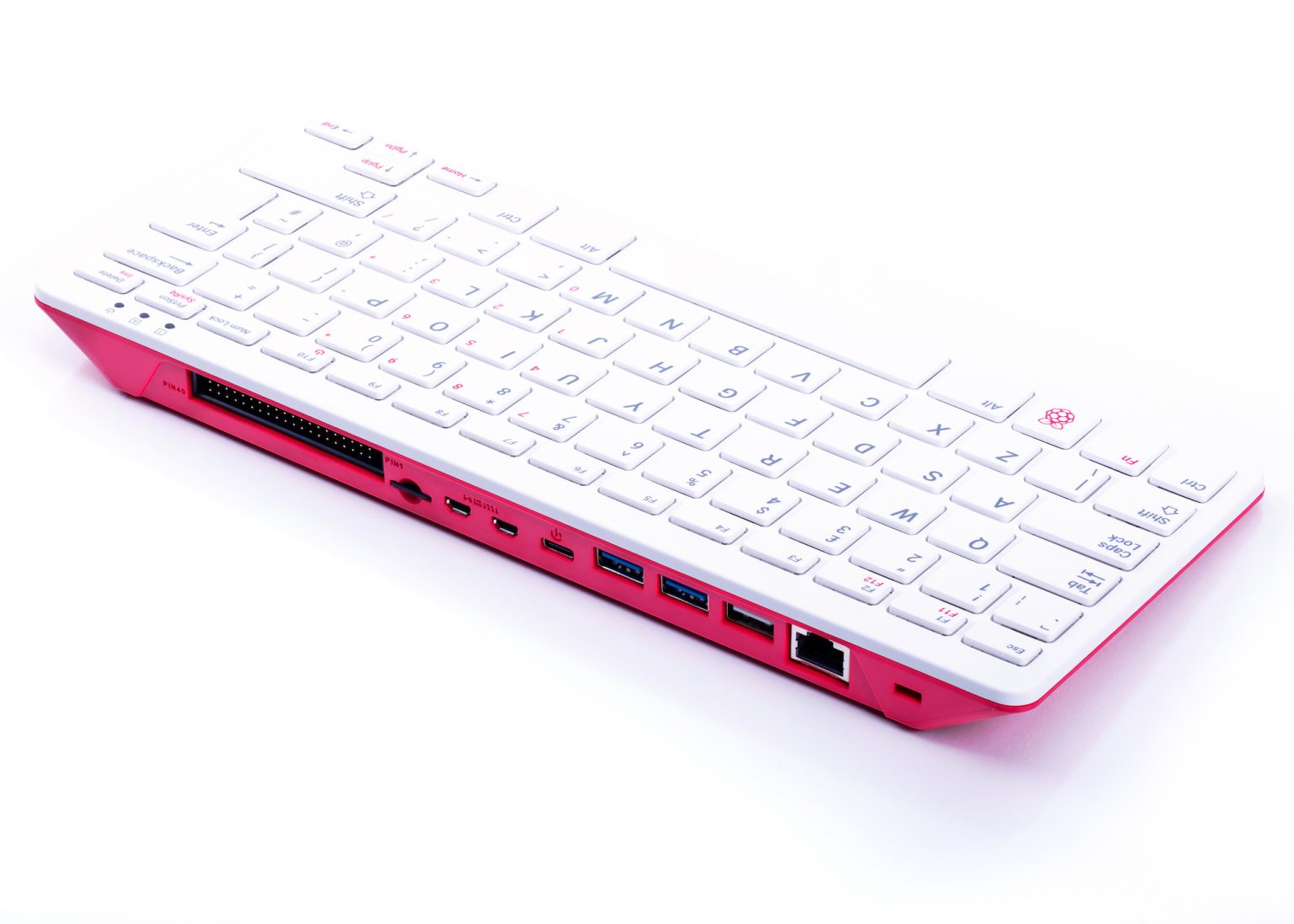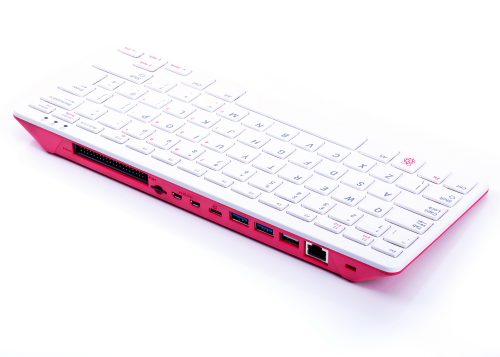rSl
tealifted
- Joined
- Nov 19, 2005
- Messages
- 1,141
nice! 


 www.raspberrypi.org
www.raspberrypi.org


Raspberry Pi 400: the $70 desktop PC - Raspberry Pi
Raspberry Pi 400 is your complete personal computer, built into a compact keyboard. It's our most powerful and easy-to-use computer yet.




